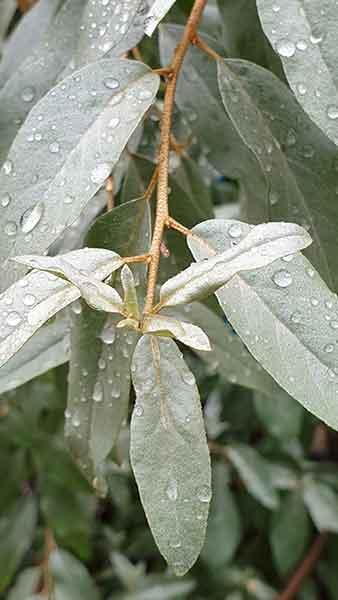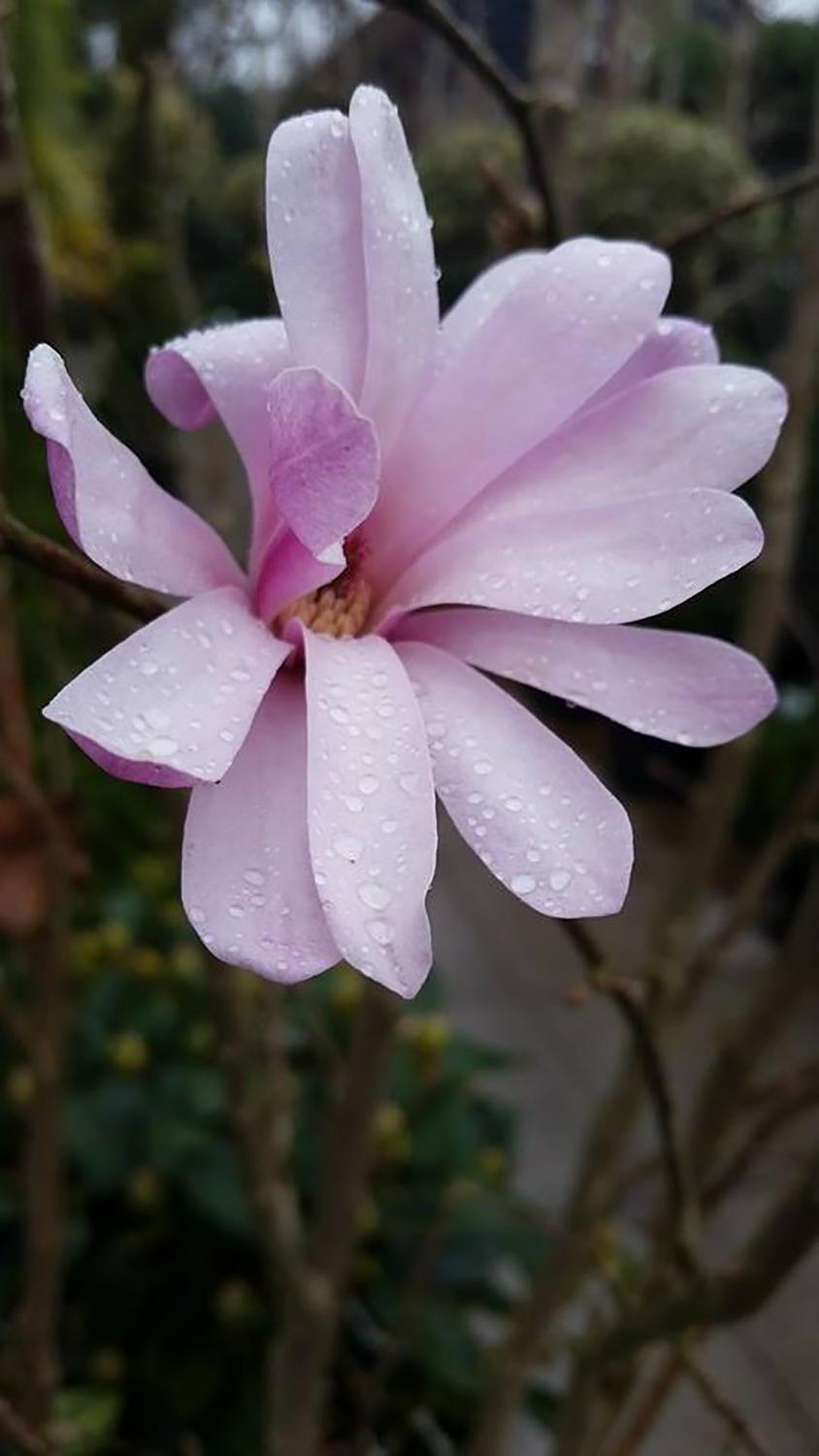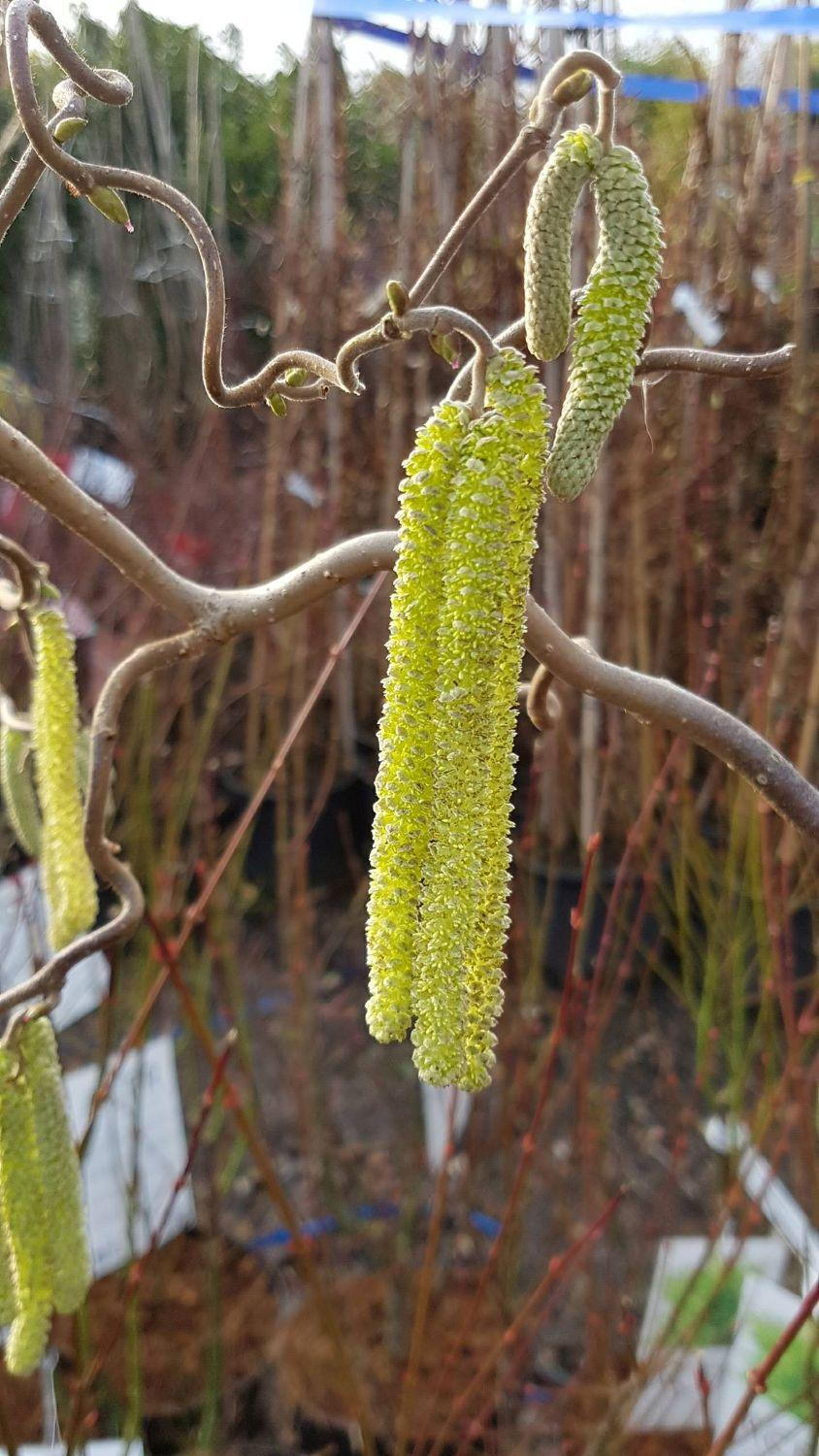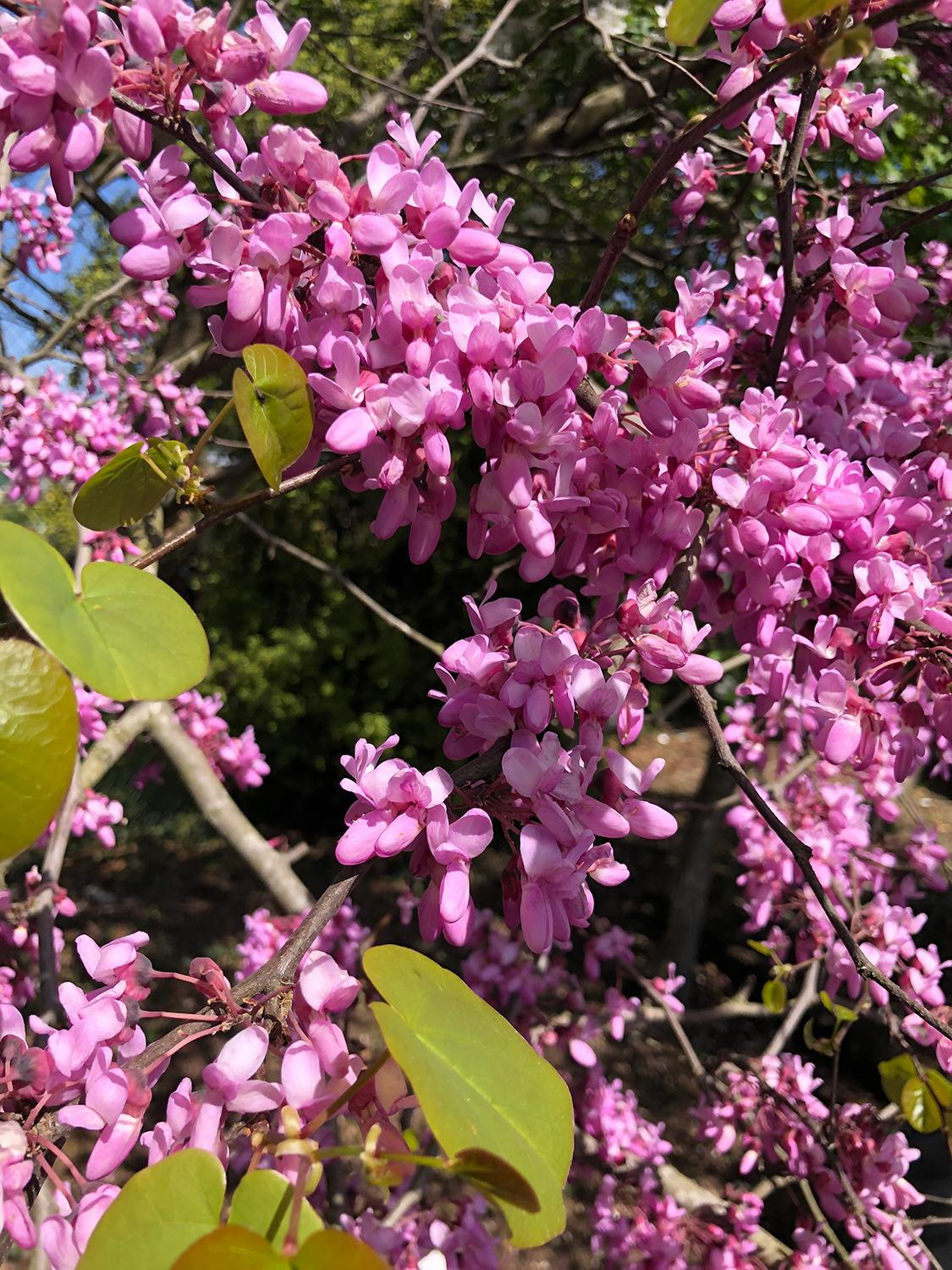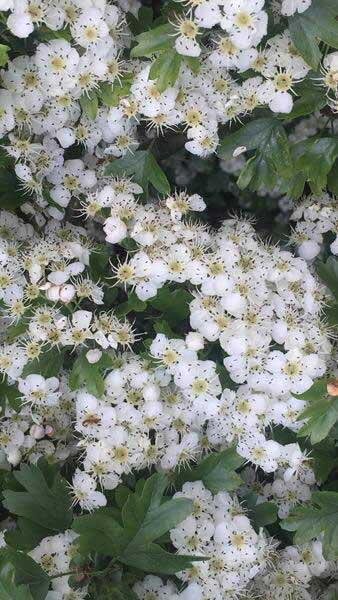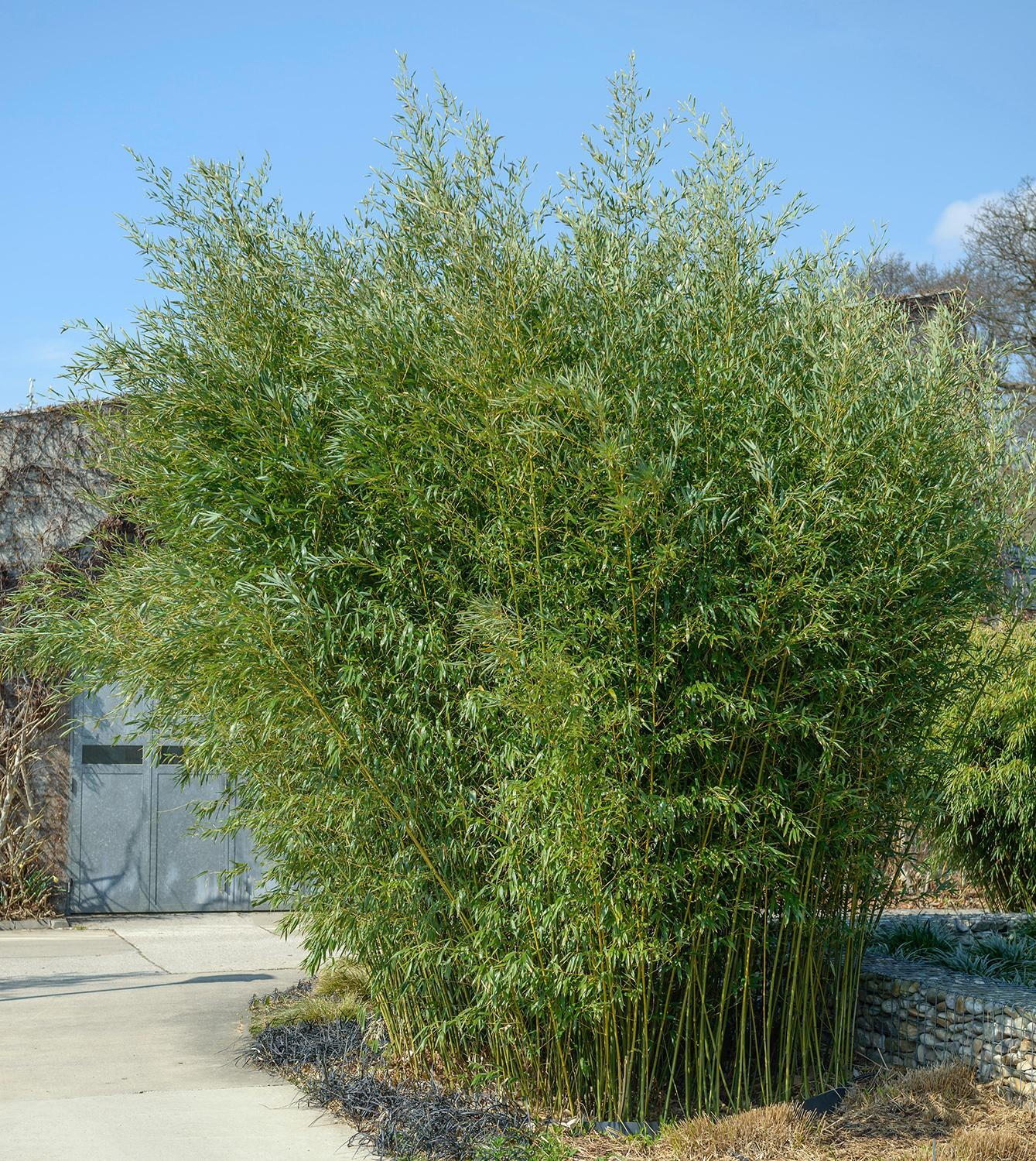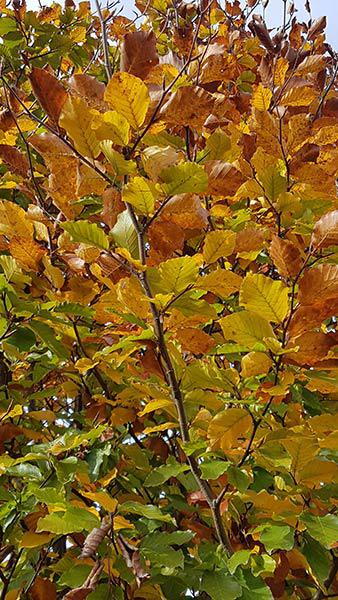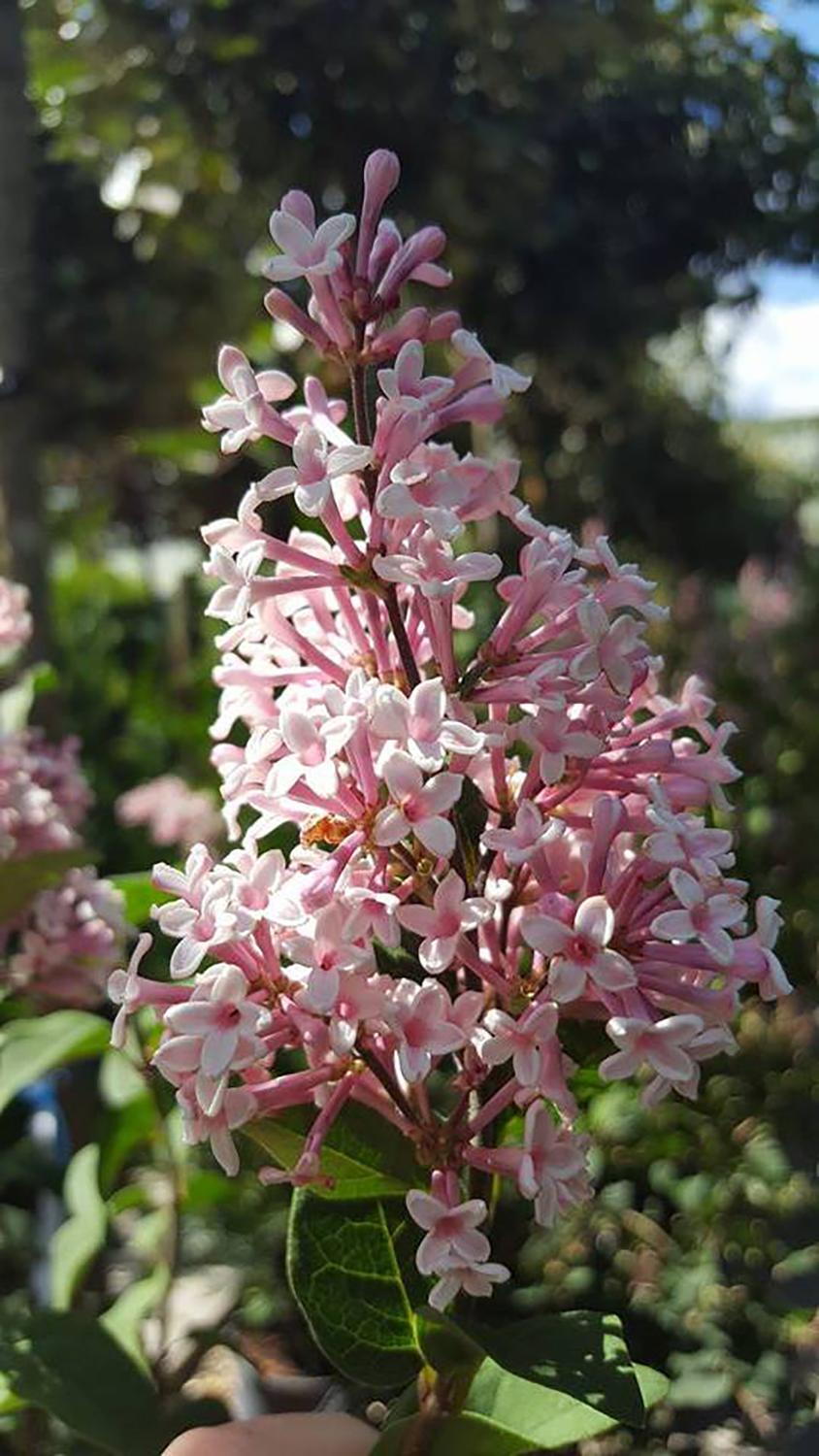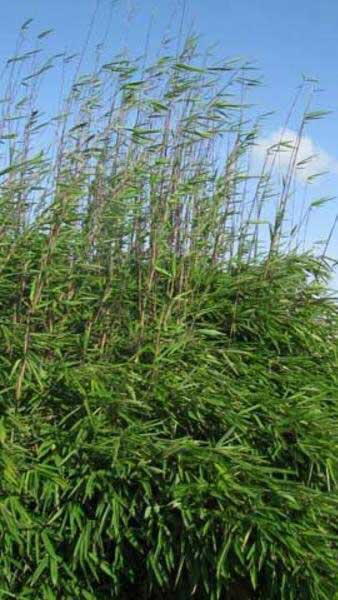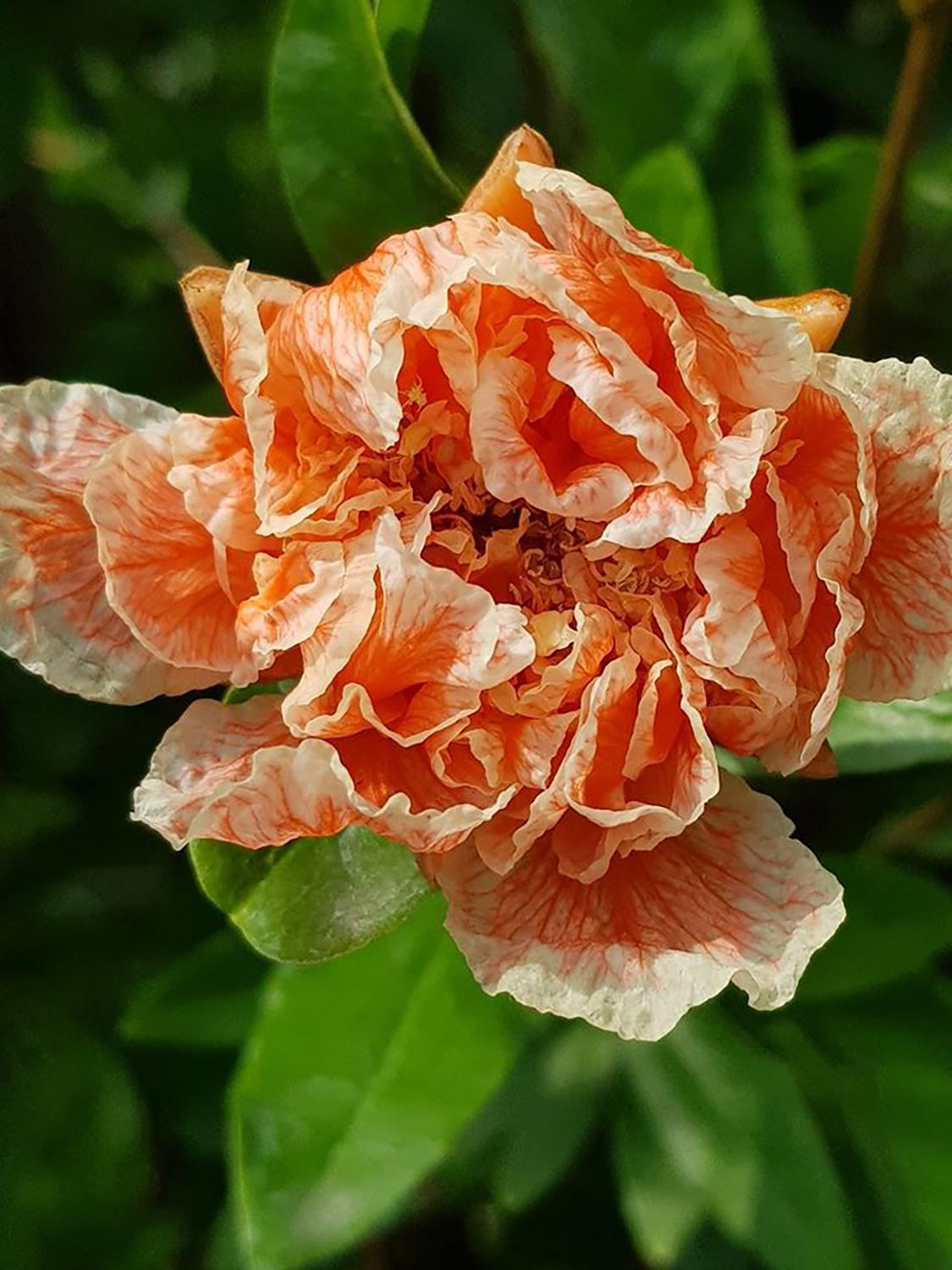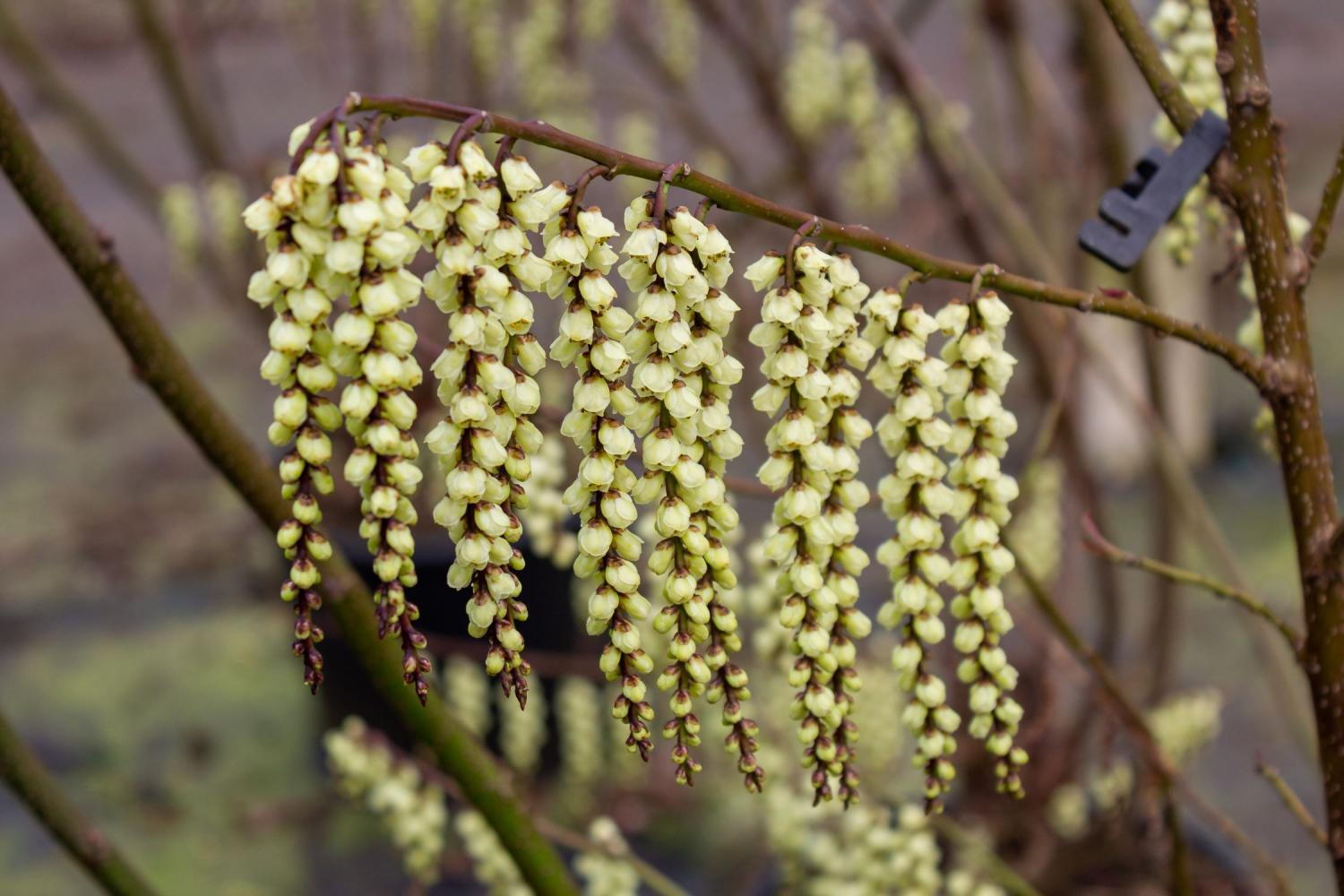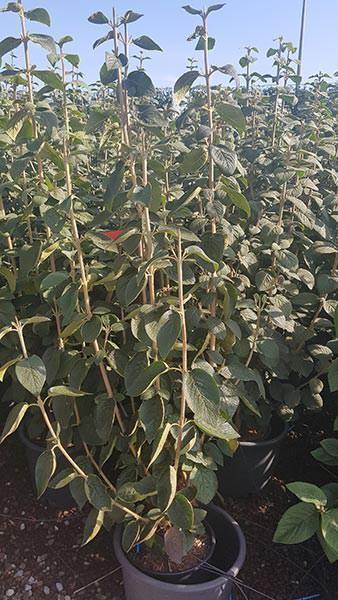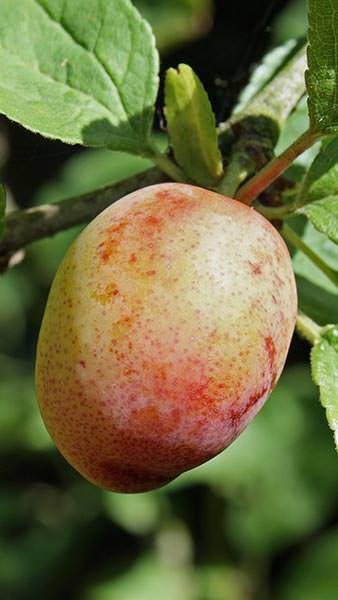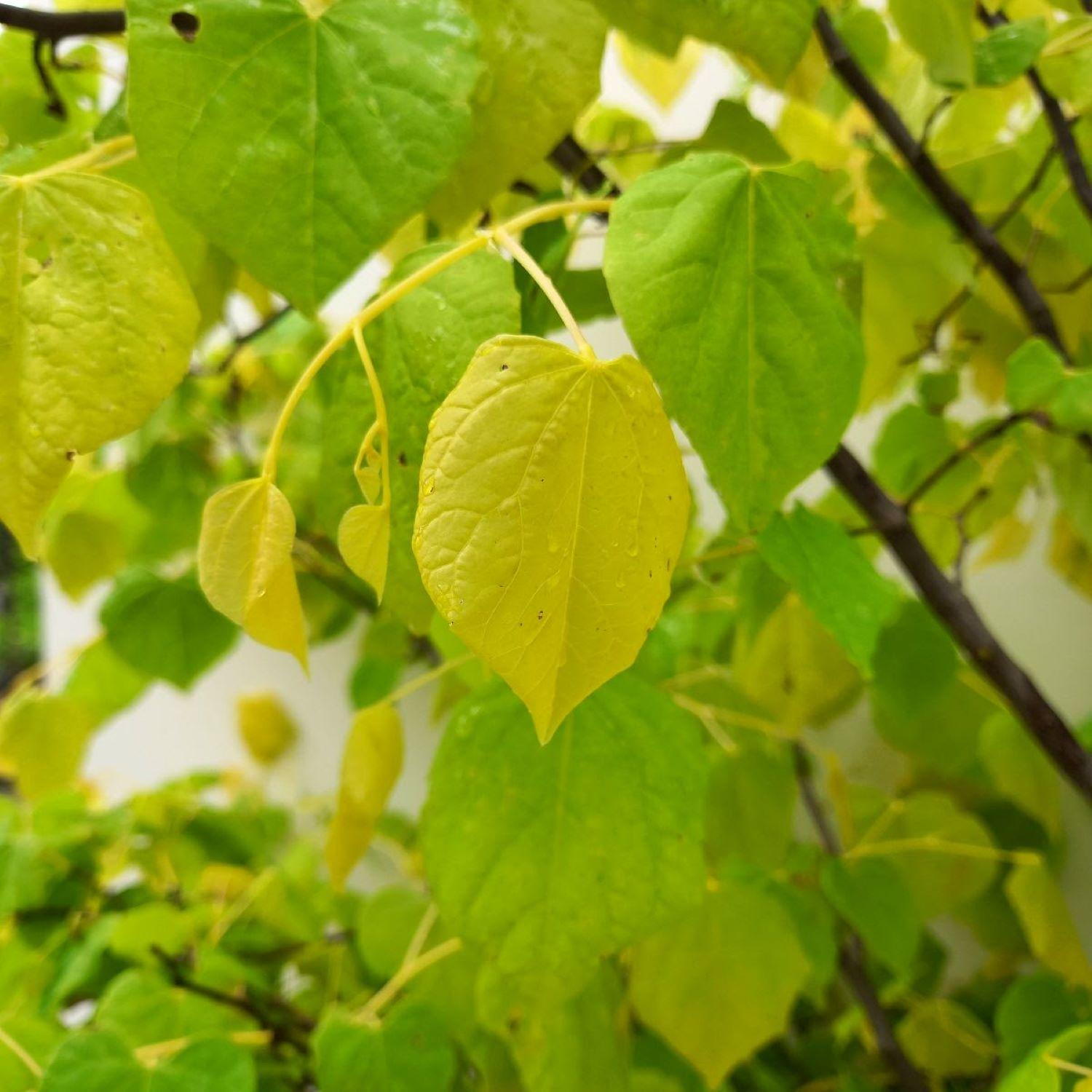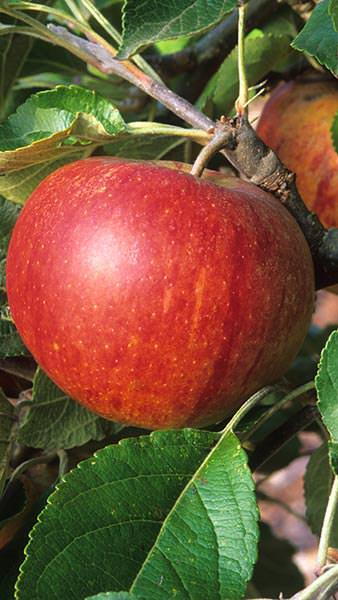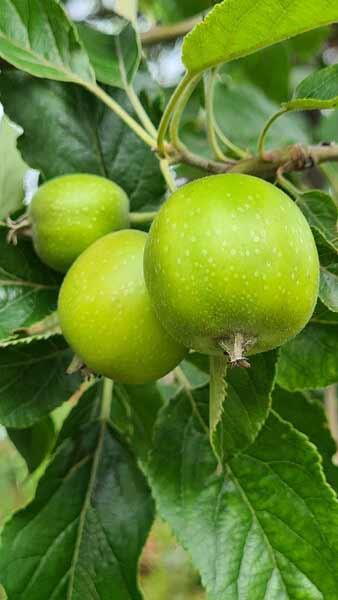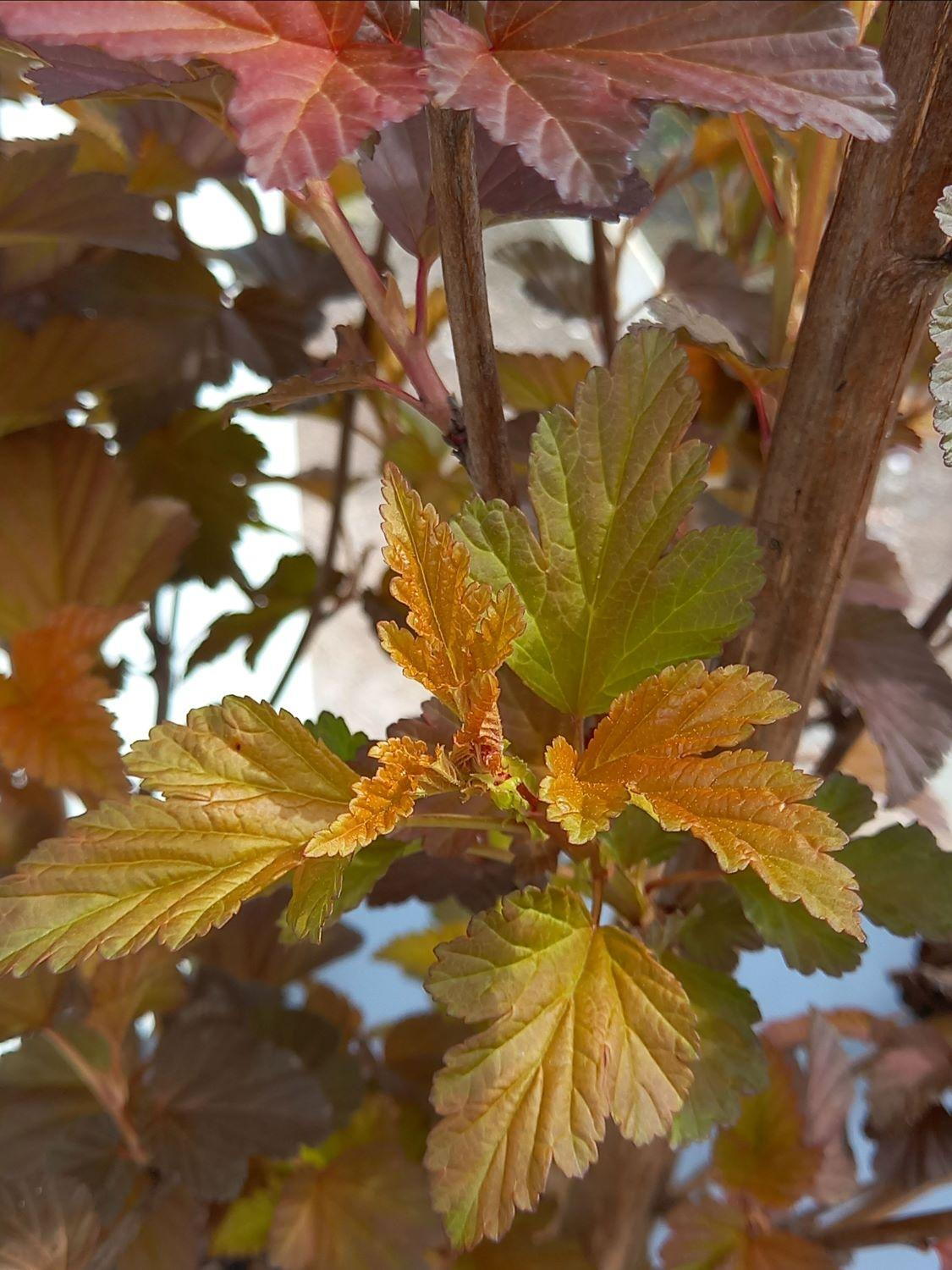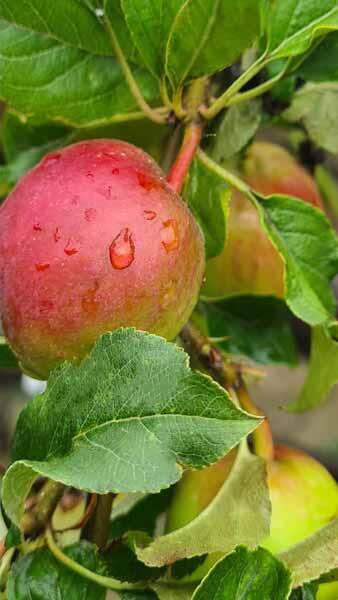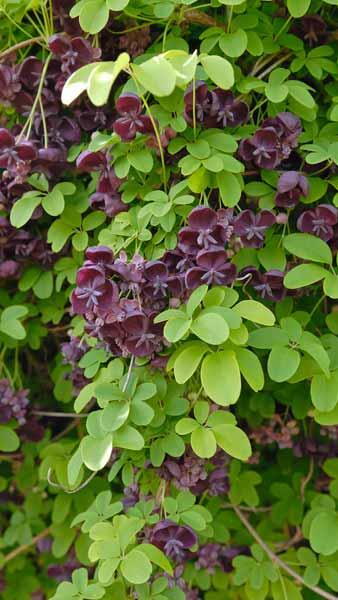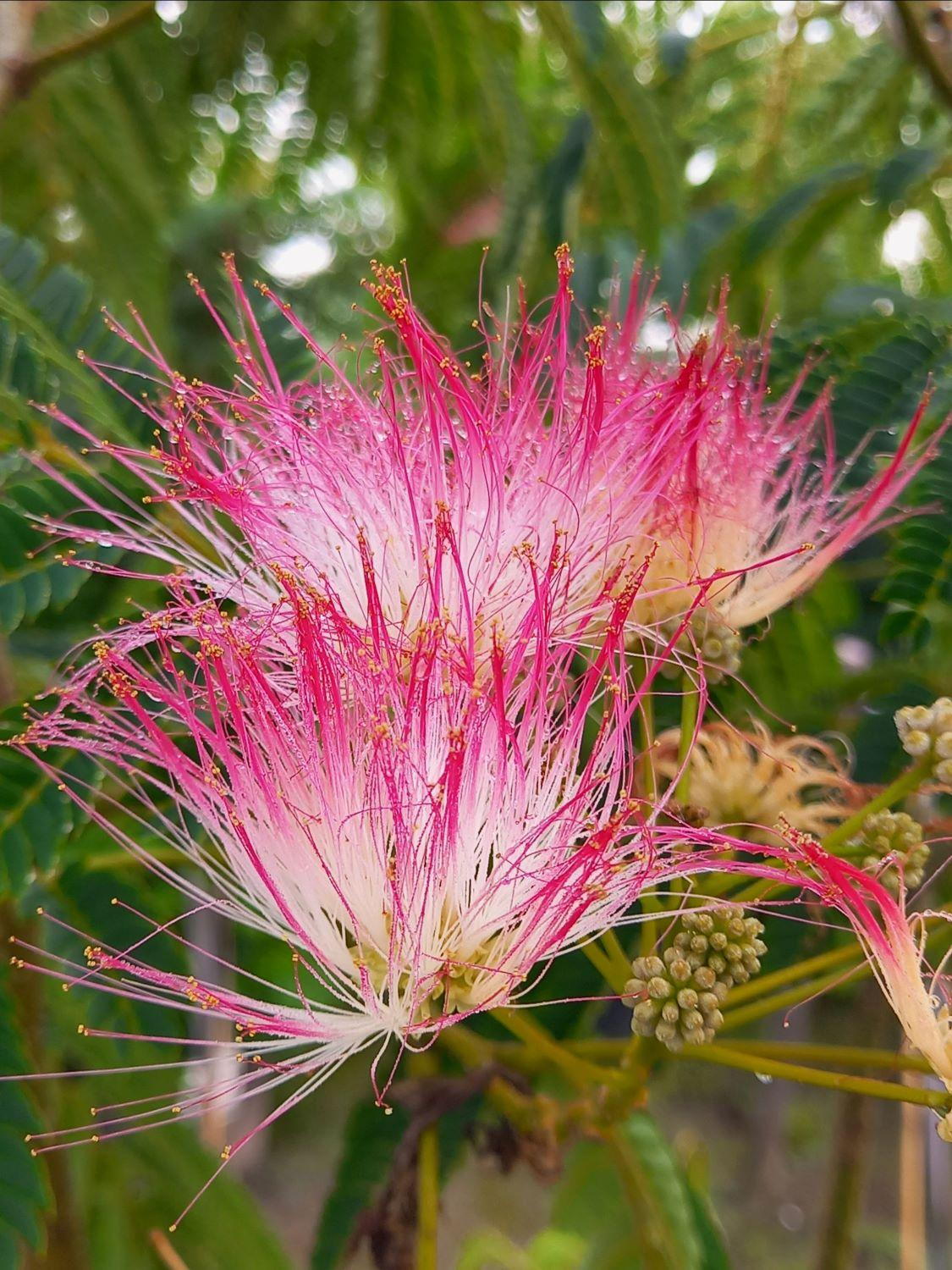Elaeagnus Angustifolia Oleaster for Sale Online UK & Ireland
Elaeagnus Angustifolia, also known as Oleaster or Russian olive, is an incredibly tough tree which will survive almost any type of growing conditions, and will be especially successful in the most challenging climates in the UK! Whether grown as a specimen plant in a sheltered city garden or as windbreak by the sea, Elaeagnus Angustifolia will come through with flying colours!Native to Russia and Iran, Elaeagnus Angustifolia has been grown in the UK since the 1500s. The thorny stems bear silver, fragrant leaves, and produce small white flowers with a honey scent in June, which are a valuable pollen source for bees. Silver-orange berries later appear in the autumn which, while edible, are mostly of value for attracting birds. A unique quality of the Oleaster is that its roots set nitrogen, feeding not just itself, but also other plants around them, making them a valuable companion planting. Elaeagnus Angustifolia is hardy throughout the UK and northern Europe, growing quickly to a mature height of 3 metres and spread of 2 metres within 10 years. Oleaster will tolerate considerable pruning, and can even be cut right back to the ground. If planting Elaeagnus Angustifolia as a hedge, space plants 35-75 cm apart. You can use a high potassium fertilizer in August to help new growth mature before winter. Elaeagnus Angustifolia will tolerate almost any conditions, and in fact thrives in some of the toughest. It is an excellent choice for coastal plantings, as it can take cold, exposed positions and is tolerant to salt, as well as doing quite well in dry, sandy soil, although it will also grow in heavy clay soil, as well as loam. It grows best in full sun. Oleaster can be used as a specimen plant in a small garden, where its silvery leaves can be used to great effect when combined with climbing plants such as roses or clematis, and where the scent of the foliage and flowers can be appreciated close up. It will thrive in a hot, dry spot such as a patch of gravel where little else will grow. On a larger property, Elaeagnus Angustifolia makes an effective security hedge, as its thorns will deter intruders, either animal or human, and can be employed as a windbreak to provide shelter for other, more delicate plants. Elaeagnus Angustifolia is a great choice for gardens across the UK because of its resilience in difficult conditions, as well as its beautiful foliage and flowers. It has a place in gardens large and small!


